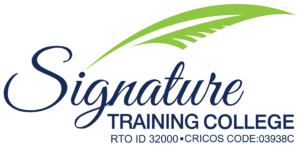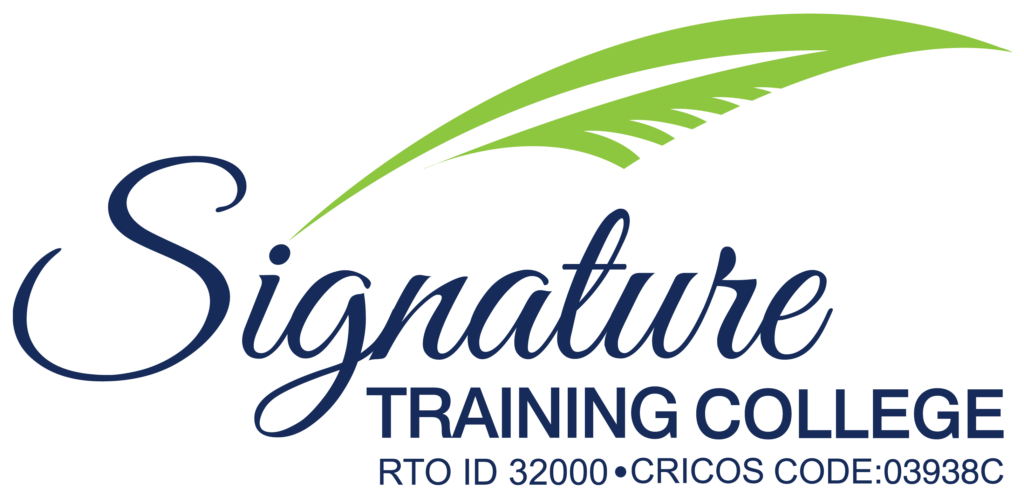When an emergency occurs, having a first responder on hand can make all the difference (sometimes between life and death).
First responders, often known as first aiders, play a critical role in giving urgent assistance until emergency services arrive. Working in high-risk areas, such as those involving heavy machinery, working from a height, or moving huge weights, having a first aider on hand might be the difference between life and death.
Many businesses and organisations recognise the value of First Aid training and have made it mandatory in all Australian workplaces. The number of first responders needed will be determined by the number of employees.
Quick and prompt
A great first responder must be able to recognise when someone requires immediate assistance.
It takes initiative and training to analyse the situation and immediately devise a plan in the event of a sudden accident or injury. You should be able to provide immediate assistance to the victim if an emergency occurs.
Calm and in Command
From time to time, first responders are confronted with a range of emergency scenarios. You should be able to maintain your ‘cool’ under pressure and be aware of the broader situation using this.
An emergency scenario can be hectic and uncontrollable most of the time, but a skilled first responder must stay calm and confident. The trick is to take your time while remaining decisive about your future steps. Failure to do so will simply exacerbate the situation. It can also cause spectators and co-workers to lose faith in your ability to handle the situation.
Communication Expert
One of the most important abilities a First Aider should have, is the ability to communicate with the victim/s in a high-pressure situation.
You’ll need to talk with the victim (if he or she is awake) and obtain information from passers-by and co-workers. If the victim is in excruciating agony or is not entirely conscious, there are strategies to get them to focus and provide information. When asking inquiries about what happened and how they are feeling, you must be straightforward and explicit.
When verbalising the scenario and injuries to emergency personnel upon arrival or over the phone, proper communication is also critical. You’ll be in charge of handing the victim over to the paramedics, and you’ll need to be able to transmit all of the information without leaving anything out.
Leadership Ability
You must know how to command a potentially volatile situation as a first responder on the site. During an emergency, others, including co-workers and onlookers, may look to you for leadership.
A first responder is frequently expected to collaborate with other first responders as well as emergency personnel. That is why, in addition to being a good leader, a great first responder must also be a good team player.
Understanding Your Limits
You must be able to recognise the limitations of your talents and expertise, as much as you want to jump in and help with any emergency. Rather than attempting to do it alone, a certified first aider can assess whether additional assistance is required.
Prepare yourself
To assess dangers and confidently deliver first aid, the first aider needs good practical and hands-on training.
Attending a formal First Aid course, such as those offered by Signature Training College, prepares you to respond confidently in the event of an emergency. You can enter the situation with confidence, knowing that you now have the skills and information to help.
By practising scenarios based on real-life situations, Signature Training College seeks to enhance the personal and technical characteristics that can make you a successful first aider.
Still have more questions? Contact us!


